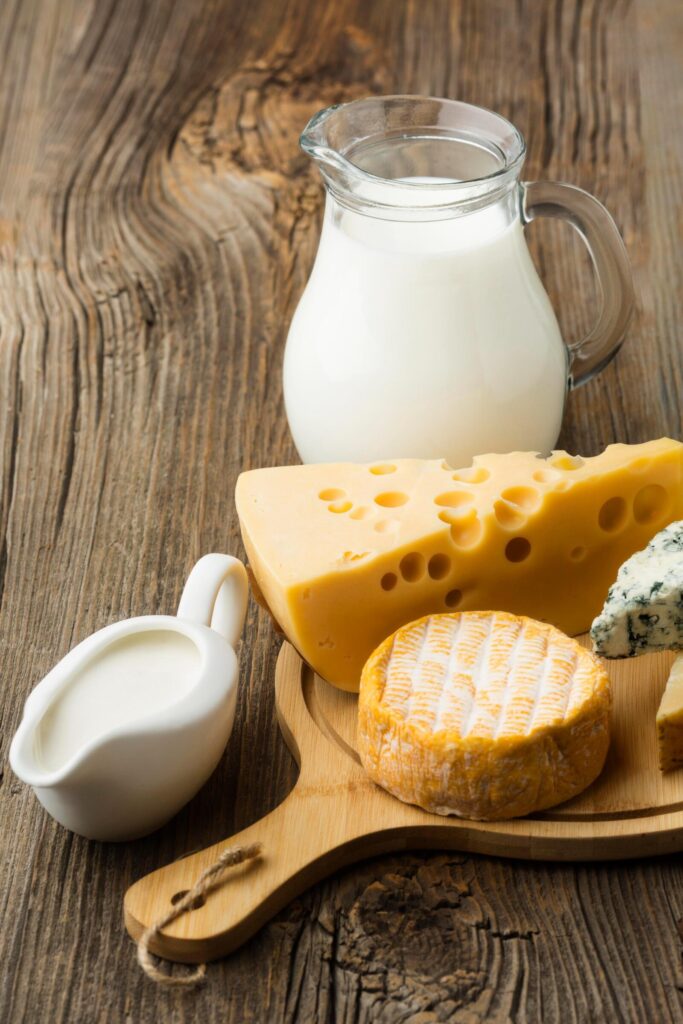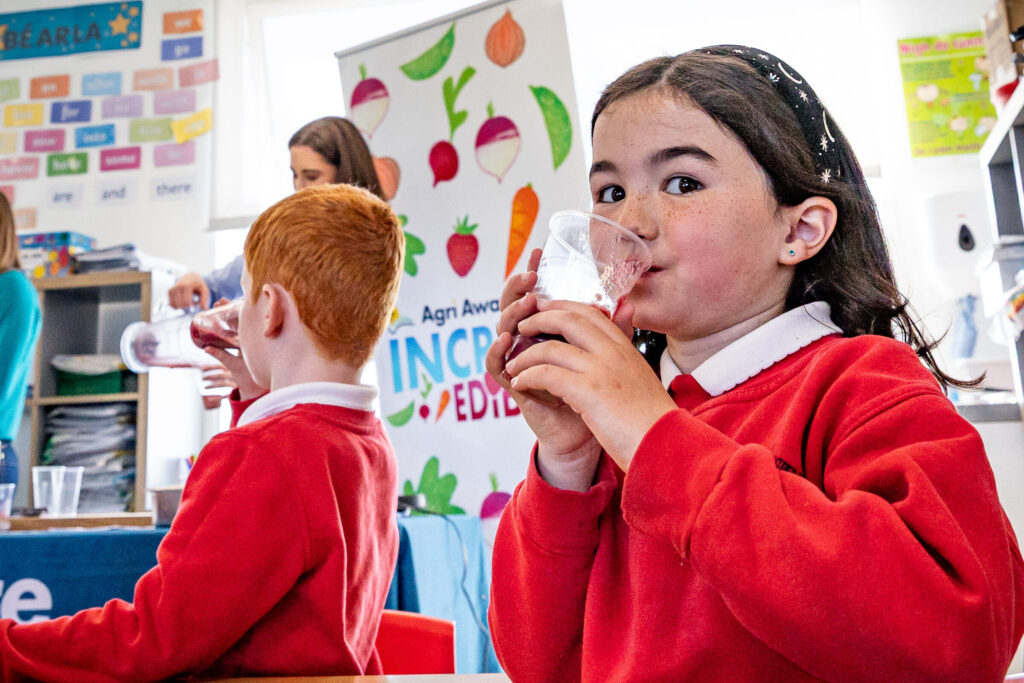Ireland's milk production is world famous
Ireland is world renown known for a strong grass-based milk production system with cows grazing grass anywhere from 240-270 days of the year.
17,000 dairy farms across Ireland tend to the needs of 1.5 million cows. Grazing on nutritious meadows allows farmers to produce dairy products, which are recognised as exceptional and sold on international markets right across the globe.
Dairy Breeds
Holstein Friesian: the highest producing dairy animal in the world.
British Friesian: a well-built animal with a large appetite.
Jersey: native to Jersey Island, which is located between England and France. They are pure dairy breeds that are small in size but consume large quantities of herbage.
Fleckvieh: originate in central Europe but today, are firmly established on all continents.
Norwegian Red: native to Norway they are characterised by their broad breeding objects. They have many average traits rather than a few excellent traits. They have reasonable health, feet, fertility and milk yields.
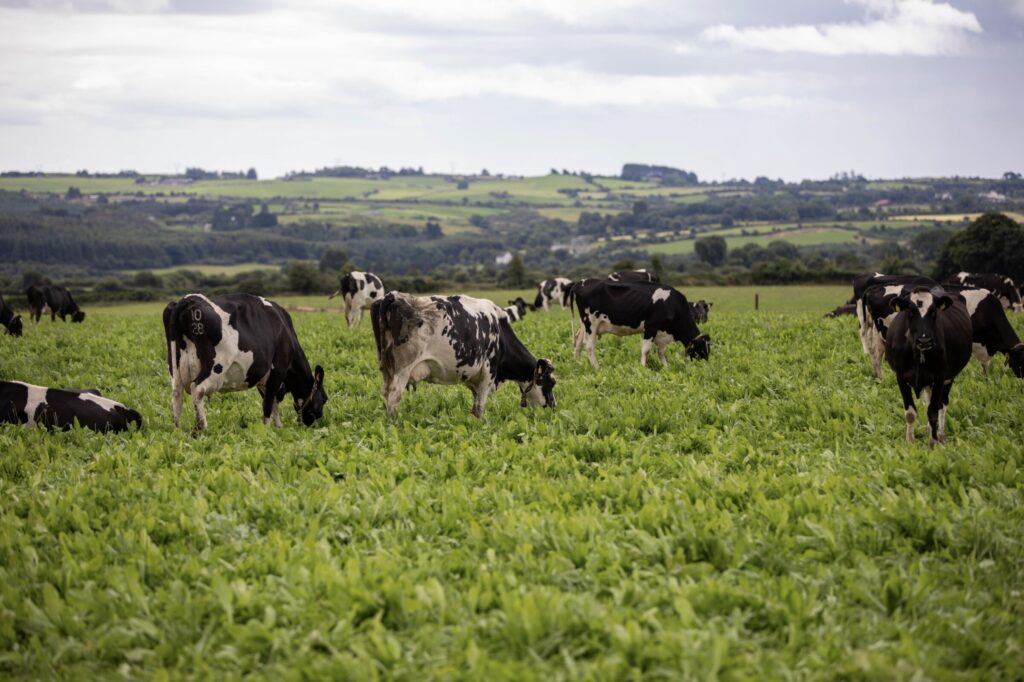
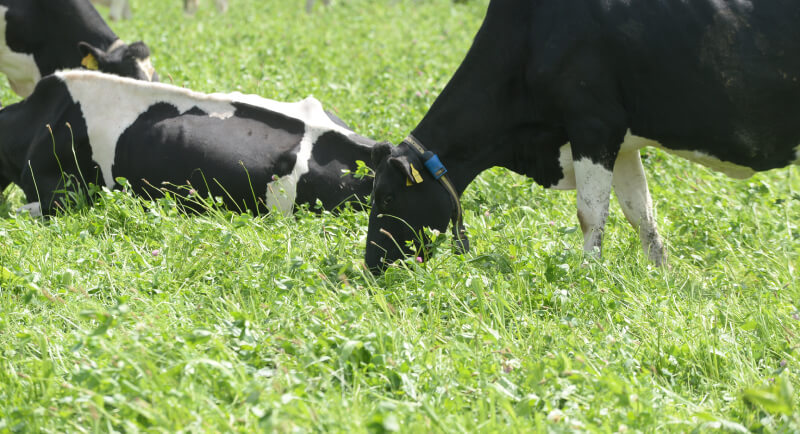
Montbéliarde: originating in France, this dual-purpose breed has both dairy and beef qualities. As a hardy animal it is well suited to harsh climes. It is light red and white in colouring.
Brown Swiss: A very popular breed with one of the highest annual milk yields. This breed is well suited for milk and cheese production. The cows can continue to reproduce until they are 12-15 years old.
Ayrshire: Are native to Ayrshire in Scotland. They are a pure dairy breed with well-shaped udder and teat. They are renowned for their hardiness, adaptability, good foraging and reproductive ability. They produce milk with high protein and fat content.
Kerry Cow: a native of Co. Kerry, this breed is believed to be one of the oldest in Europe. Kerry cows are hardy and can be kept outside in winter. They produce milk with small fat globules which makes it easier to digest.
Milking process
Cows begin to produce milk once they have given birth to their first calf. Typically, a cow will follow a 10 months milking and 2 months dry cycle.
A typical milking process:
- Cows are brought into the milking parlour
- The udder is checked for injuries or infection
- The teats are then cleaned before attaching the cluster or milk claw.
The milk claw contains four soft rubber suction cups that pulsate to draw the milk out of the udder.
The milk then travels through a series of tubes and is collected in a large container called a bulk tank. The same process is carried out for each cow. The bulk tank is kept at 2-4℃.
The milk is collected by a milk truck every 24 to 48 hours depending on the level of production.
Milk quality standards
Quality standards for milk are agreed by contract between processors, such as Glanbia, Centenary Thurles and so on, and farmer. Limits are set out in the contract for the following markers.
TBC: A low total bacteria count (TBC) is reflective of good hygiene standards during the milking process and the storage of milk. This includes the cleanliness of milking equipment which should be ensured by using an approved detergent with hot water to disinfect the equipment after milking.
SCC: A low somatic cell count (SCC) is reflective of good mastitis control with the herd. Mastitis is an infection of the udder that causes pain, swelling of the udder and causes the milk to appear clotted, watery, or off in colour.
Thermoduric bacteria: A milk processor will check the thermoduric bacteria count of milk due to the difficulties these heat resistant bacteria can have for milk quality.

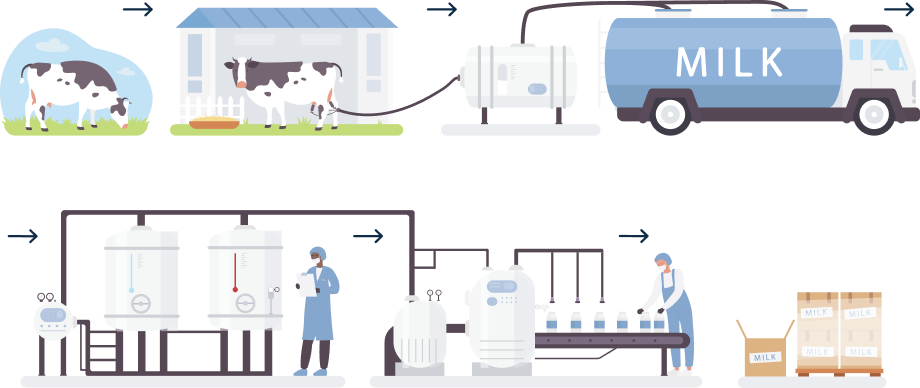
Other standards
Temperature: Milk should be stored at 6℃ or slightly lower. This temperature inhibits the growth (multiplication) of bacteria.
Antibiotics: The use of antibiotics is only permitted in livestock if necessary for their health. Antibiotics are not routinely permitted as preventative measures. If antibiotics are used, there are withdrawal periods required before a cow’s milk can re-enter the food chain. Processors screen for antibiotic residue in milk.
Excess water: The price of milk is determined by the milk solid % (fat and protein). Excess water and reduced milk solids will drive down the price a farmer is paid for their milk. There are many influencing factors for milk solid %, including quality of feed, genetics, time of year and age of cow.
Sediment: Milk is also checked for unwanted particles suspended within the milk. All milk should arrive at the creamery uncontaminated.
Nutritional benefits of dairy
Milk is a suspension of protein, fat and other solids in water. The composition of milk varies depending on the breed of cow. Milk contains many nutrients that are important for the body.
Protein – a key macronutrient nutrient for muscle growth and bone development.
Fat – a key macronutrient for energy stores and absorption of fat-soluble vitamins.
Carbohydrates – a key macronutrient for energy. Lactose is the carbohydrate found in milk which can help the body to absorb certain minerals. Those that are lactose intolerant should consume lactose free milk.
Minerals – calcium and phosphorus for bone development and healthy teeth; potassium for a normal functioning nervous system.
Vitamins – vitamin B2 helps keep skin healthy and protects vision; B5 for normal metabolism and energy; B12 for red blood cell formation and normal immune system function.
